Tumors of the Cervix, Vagina, and Vulva (AFIP Atlas of Tumor Pathology, Series 5) (Original PDF from Publisher)
$240 $100
Publisher PDF , 45.6 MB
By Robert J. Kurman
The publication of this Fascicle marks the transition in diagnosis of lower genital tract lesions from a largely morphologic activity to one based upon integrated assessment using microscopy and molecular biology. Furthermore, the ability to integrate these diagnostic approaches with clinical data for patient management has been heightened. The introduction of prophylactic vaccines for preventing human papillomavirus (HPV) infections and cervical cancer precursors also thrusts pathology into a new unprecedented public health role with regard to disease monitoring, which will likely expand over time. Finally, the realization that cervical cancer is becoming increasingly preventable, carries with it both a sense of accomplishment and the recognition that this must now be translated into an achievable goal of cancer prevention in underdeveloped nations. Although the text has remained concise in order to maintain the primary function of the Fascicle as an atlas rather than a comprehensive textbook, it has been substantially updated to reflect the changes in the field since the previous edition was published in 1992. In this regard, the number of illustrations, all of which are in color, has almost doubled. Both the text and the photomicrographs emphasize the importance of immunohistochemistry and molecular in situ hybridization as adjuncts to morphology in routine clinical diagnosis. A binary (low-grade and high-grade squamous intraepithelial lesion) classification for histology, analogous to TBS for cytology, replaces the four-tiered dysplasia/CIS system and the three-tiered CIN system. This Fascicle will be a useful reference for pathologists, residents, and students for years to come.
Product Details
- Publisher : Amer Registry of Pathology (2022)
- Language : English
- Hardcover : 368 pages
- ISBN-10 : 1933477261
- ISBN-13 : 9781933477268
Only logged in customers who have purchased this product may leave a review.
Related products
Medical Dictionary & Terminology
Taber’s Cyclopedic Medical Dictionary (Thumb-indexed Version) 22nd
PDF , File Size = 143.50 MB
Obstetrics & Gynecology
PDF , File Size = 3.83 MB
Internal Medicine
Berkowitz’s Pediatrics: A Primary Care Approach, 4th Edition (Original PDF from Publisher)
PDF ,
PDF , File Size = 11.80 MB
Obstetrics & Gynecology
PDF , File Size = 1.00 MB

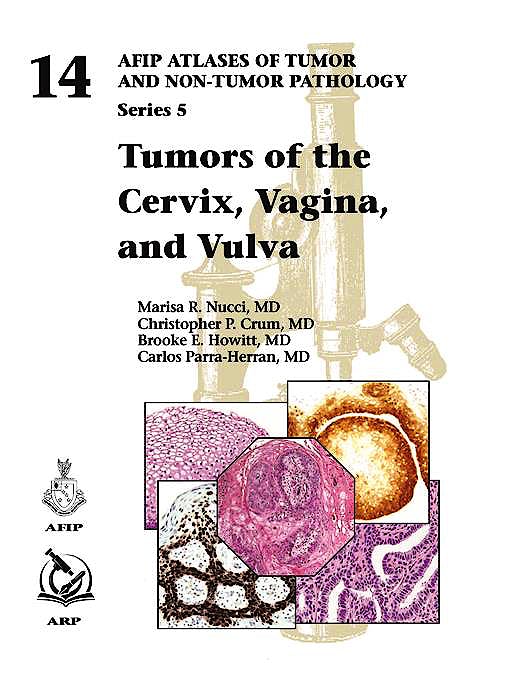
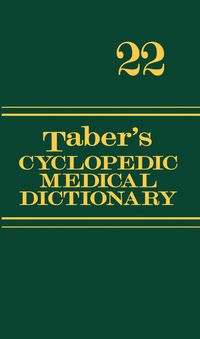



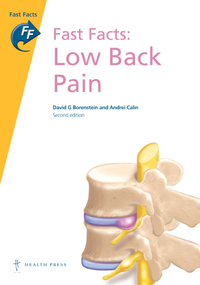

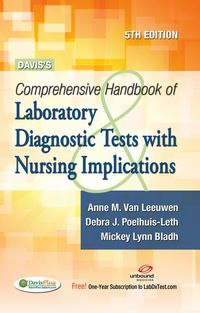
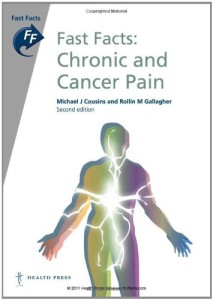
Reviews
There are no reviews yet.